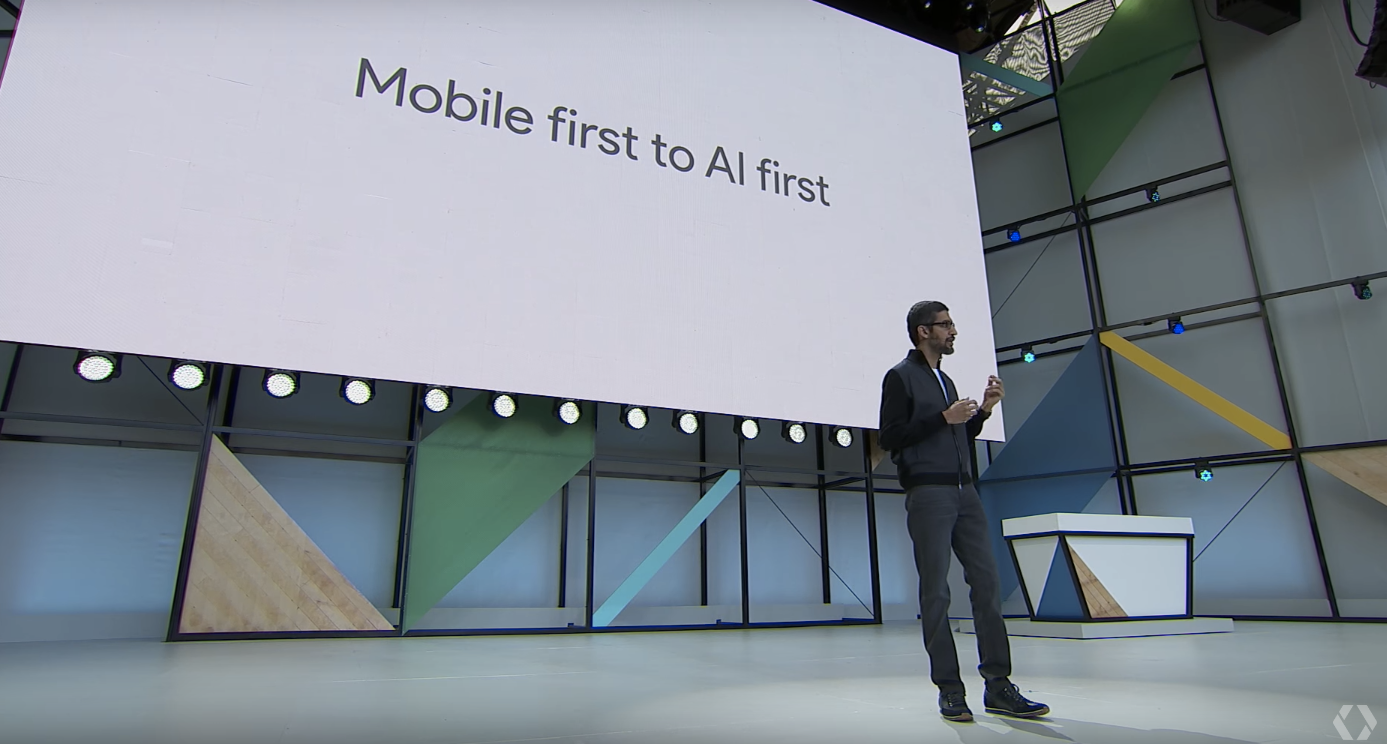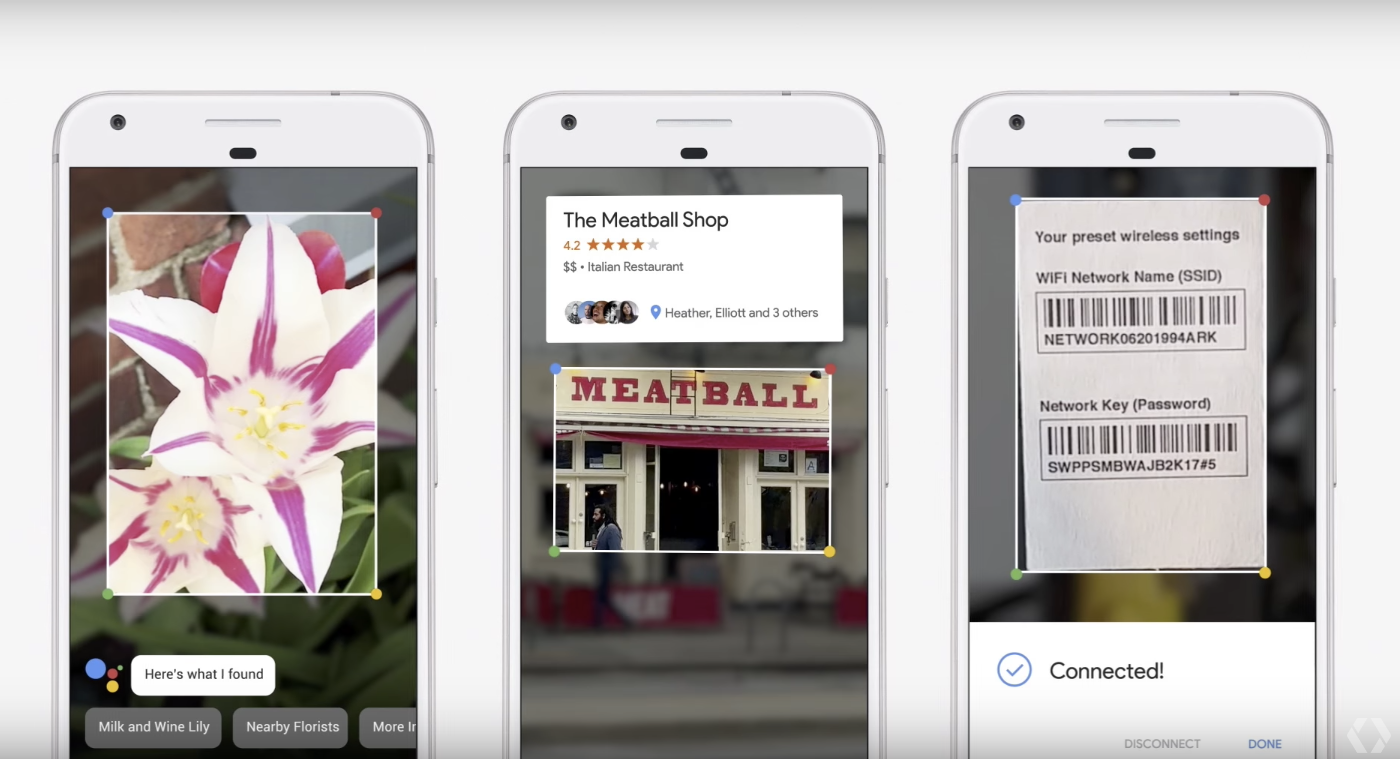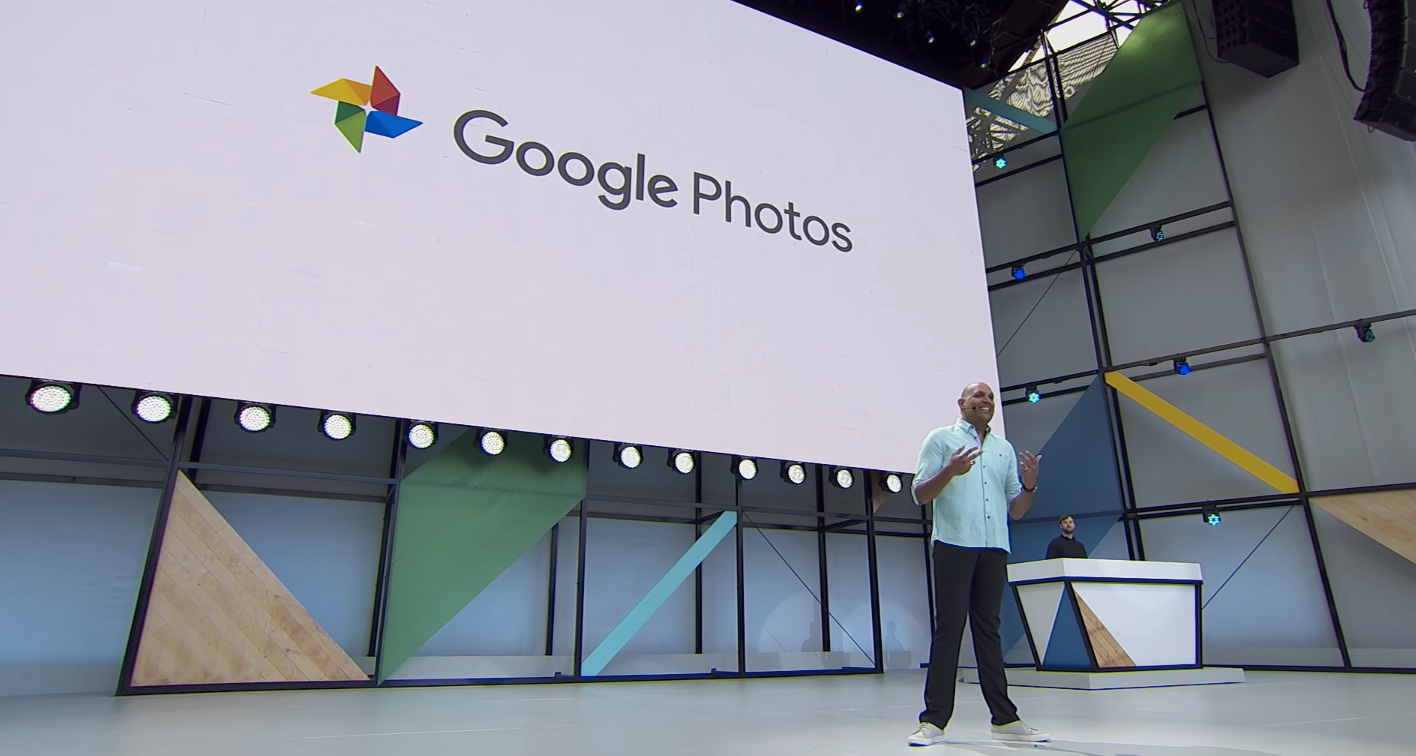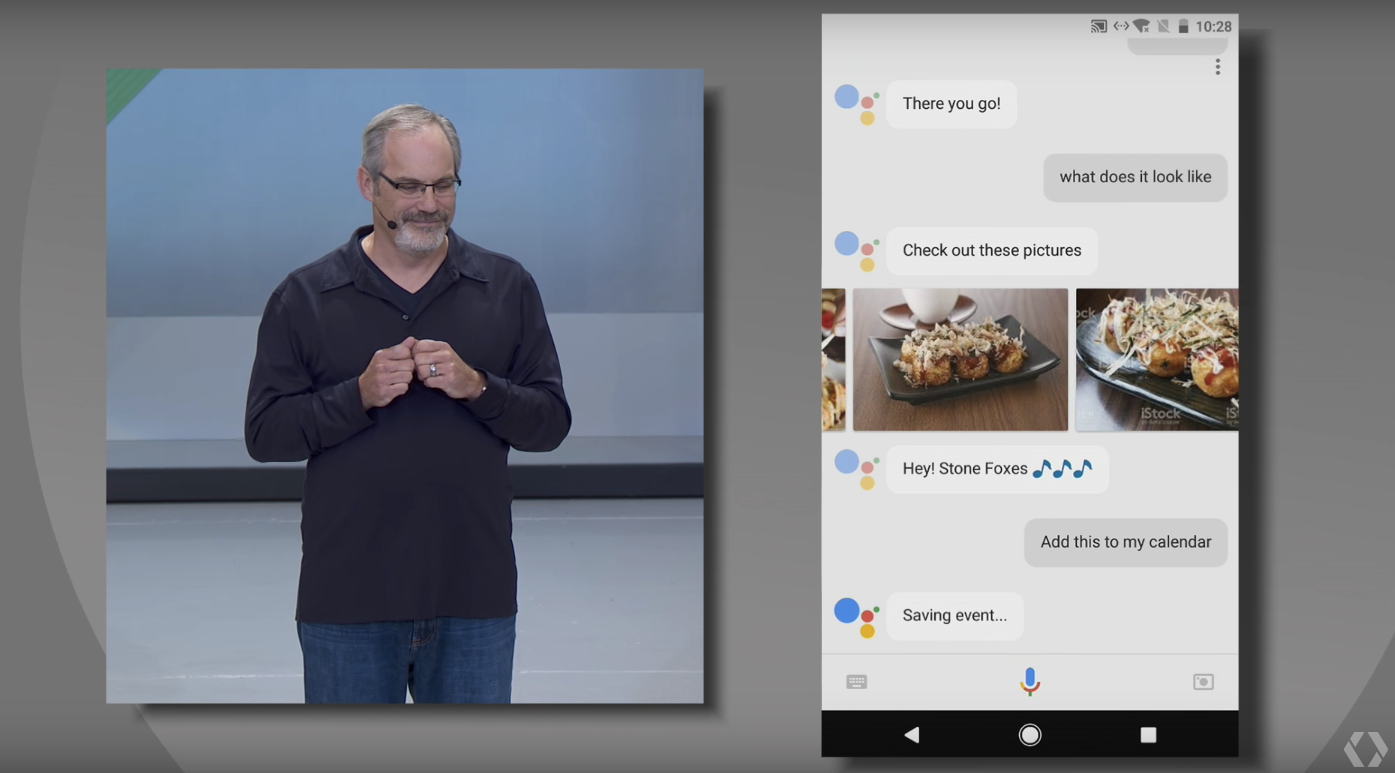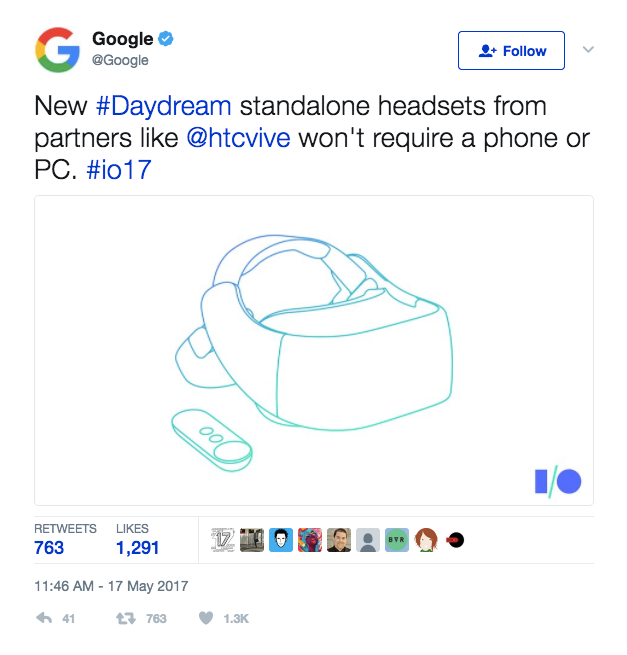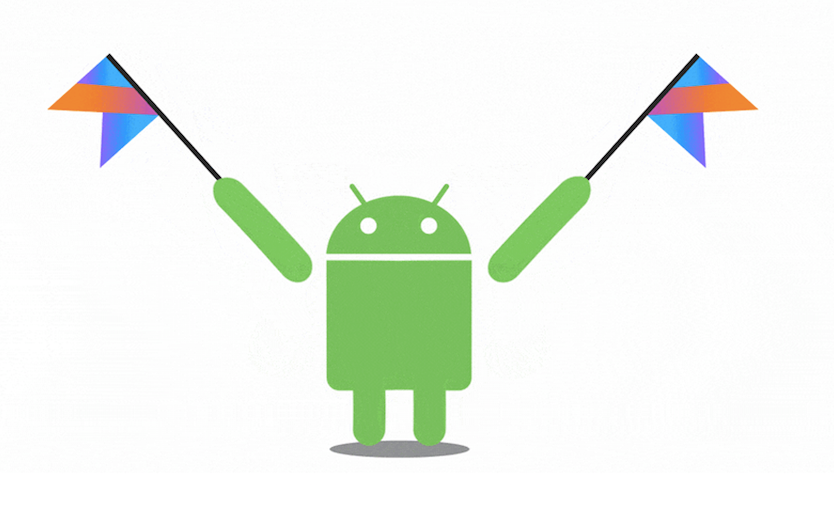Mobile first to AI first
https://medium.com/appchance/from-mobile-first-to-ai-first-google-i-o-2017-conference-c93247d8c234
From Mobile first to AI first — Google I/O 2017 conference.
Announcements presented at Google I/O developer conference 2017 enhanced the real meaning of Google’s mission:
to organize the world’s information and make it universally accessible and useful.
Google make transition from mobile first to AI first, which means that main users problems will be solved through Artificial Intelligence. Moreover, all actions taken by company democratize the knowledge and make solutions easily accessible for each developer. So companies can widely use tools which were presented. That is the reason of upcoming changes for business and for all of us.
We have made summary of Google I/O first day, so you can check some of the news:
- Google Lens — this is smart technology that can recognize what user is looking at. It can extend the user’s knowledge about the object or help visually impaired person to get the idea of objects around. “Google Lens is a set of vision based on computing capabilities, that can understand what you’re looking at,” explained CEO Sundar Pichai. Thanks to integration of Tango which recognizes environment and Google Maps it is possible to scan locations through smartphone and get the information about the place. User can make a better choice by getting necessary set of information like e.g. restaurant reviews, menu, additional services etc. (it is called Google Visual Positioning).
- Google Photos — is able to identify the best photos and select them to make a photo book. It also has ability to recognize who is on the photo and suggest to share the files with indicated persons. This idea of instant communication is even enhanced by shared libraries where users can share their files instantly while uploading.
- Google.ai — this represents community for sharing AI solutions and making improvements on specific technologies. Its aim is to spread the usage of AI solutions in business reality.
- Tensor Processing Units — this is a second generation of TPU chips which makes machine learning faster and more efficient. It provides up to 180 teraflops of performance (Floating Point Operation Per Second) which means that speed and accuracy improve dramatically in comparison to current processing units (e.g. NVIDIA Volta GPU dedicated for AI processing has 100 teraflops). Google wrote “To put this into perspective, our new large-scale translation model takes a full day to train on 32 of the world’s best commercially available GPU’s (Graphics Processing Unit) — while one 1/8th of a TPU pod can do the job in an afternoon.”
- Google Assistant — available on Google Home and Pixel Phone can help you in various queries. It has similar functionalities to Siri (available on iOS devices) but is more powerful due to some extensions. It lets you ask more complicated queries and has third-party integrations. Google Assistant also lets you control connected devices and makes it possible to command via sound or typing. Moreover it is available also on iOS system and soon will implement variety of languages.
- Android O Beta — this version of Android enables users to ease usage by new utilities. Users can make autofill to make authentication process faster. System has picture-in-picture support for watching videos while doing other tasks, notifications updates, protection of battery usage, possibility of spotting security issues and others. Also Android O boot time accelerates twice so apps perform better.
- Google for Jobs — uses AI to match applicants with jobs offers. With more searches it learns preferences and gives more suitable results. Users get also some additional information as for example commuting time, so they can consider all additional circumstances.
- Daydream VR headset- gives possibility to play without connection to a games console, a computer, or even a smartphone. It allows users to walk around in virtual worlds without fear of real-world obstacles thanks to sensors and cameras. Google will deliver Qualcomm-based reference design to hardware makers, so it won’t deliver its own device.
- 360 YT videos: 360-degree video is coming to YouTube’s TV app where with the remote user can play around the video.
- Kotlin — Google announced Kotlin as the first class language for making Android apps. Kotlin is a modern programming language (similar to Apple’s Swift) which is easy to learn and makes Android development more pleasant. It leverages existing libraries, JVM, Android and the browser with 100% compatibility. Its idea is to “make Kotlin a uniform tool for end-to-end development of various applications bridging multiple platforms with the same language” (Blog Jetbrains).
Video shortcut of conference from the Verge:
Everything becomes smarter, more automated and customized. It seems that users will get the answers instantly with much less effort. Convenience of communication becomes the main direction of development. So now the question is — how business will use the opportunities. Certainly soon we will see the split of companies to those that designate the direction of development and those that drop behind.
Some information about Google statistics from Sundar Pichai — Chief Executive Officer at Google:
- Over 1 billion hours of video watched each day on YouTube
- Over 1 billion kilometers checked on Google Maps every day
- Over 800 million monthly active users on Google Drive
- More than 500 million active users on Google Photos
- 1.2 billion photos uploaded to Google every day
- 2 billion active users of Android globally
'프로그래밍' 카테고리의 다른 글
| 구글이 자꾸 구글 일본으로 연결되어서 왜이런가 했더니. 이런 방법이. (0) | 2017.09.08 |
|---|---|
| 웨이신(위챗), 대화를 넘어 중국의 일상을 연결하다 (0) | 2017.09.07 |
| [생활코딩] 웹보안, ICT기초 동영상 강좌 (0) | 2017.09.01 |
| [생활코딩] Blockchain - 코인, 채굴. Blockchain 강좌 시리즈 (0) | 2017.09.01 |
| 유튜브 개편 - YouTube: What will you watch next? (0) | 2017.08.31 |

